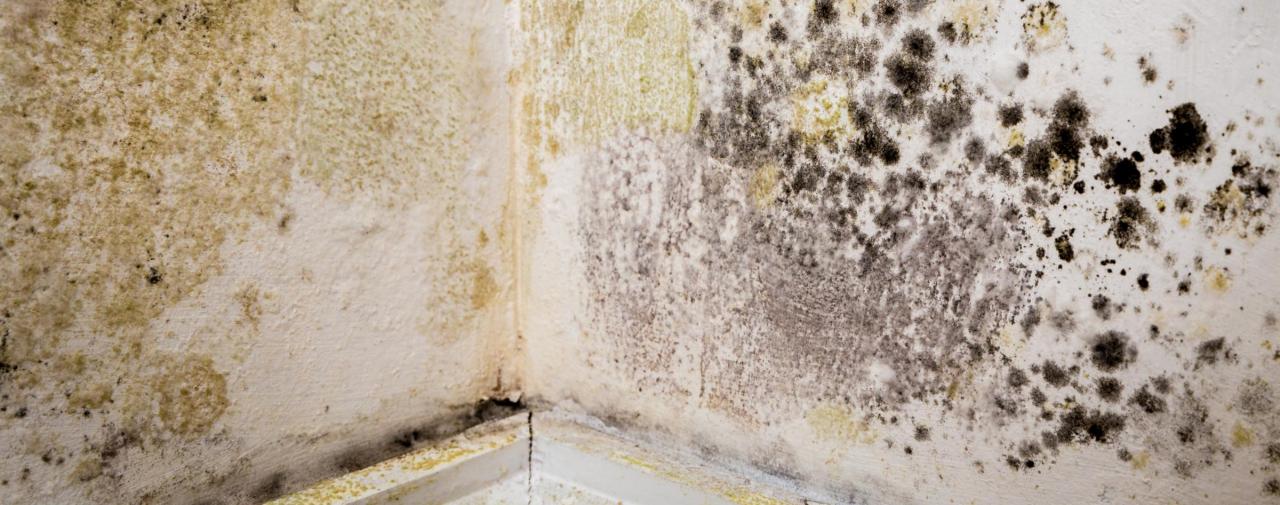- For Professionals
- PHIUS+ Standard
- Case Studies
- Design Guide
- FAQs
- Does Passive Building Cost More to Build ?
- Can Passive Building Scale to Multifamily?
- Are Passive Buildings Resilient?
- Do Passive Buildings Cause Mold?
- What Are the Risks of Passive Building?
- How Long Is The PHIUS+ Certification Process?
- How Much Do Passive House Certifications Differ?
- What About Passive Building HVAC Systems?
Do Passive Buildings Cause Mold?

No, passive buildings do not cause mold.
Moisture, suitable temperatures, and organic material that mold can eat “cause” mold. Actually, they “allow” mold to live and reproduce. If one or more of those ingredients is not present, then mold won’t grow. Because leaky buildings could dry quickly (with air readily moving between inside and out), moisture was the limiting factor to mold growth in leaky buildings. Because buildings are made from organic material, it is very difficult to limit potential mold food, and because mold is an organism with similar physiological tolerances to humans, temperature will rarely be a limiting factor. Because tight buildings have less air exchange with the outside, they are often blamed for causing mold. Internal moisture—in the form of humidity—can build up in tight buildings and provide the third ingredient listed above.
Passive buildings have an airtight building envelope and superinsulation, which combine to drastically reduce temperature variations and prevent condensation and mold issues. The constant, low-level ventilation also found in passive buildings further prevents moisture problems while maintaining excellent indoor-air quality.
That said, potential moisture issues must be carefully addressed at the design stage. That's why it's important to work with a certified passive-house consultant (CPHC). CPHC professionals are trained to accurately model building performance and to identify and address potential moisture issues from the onset.
Tight buildings are good because they use very little energy and they deliver clean indoor air, comfort, and sound control.
